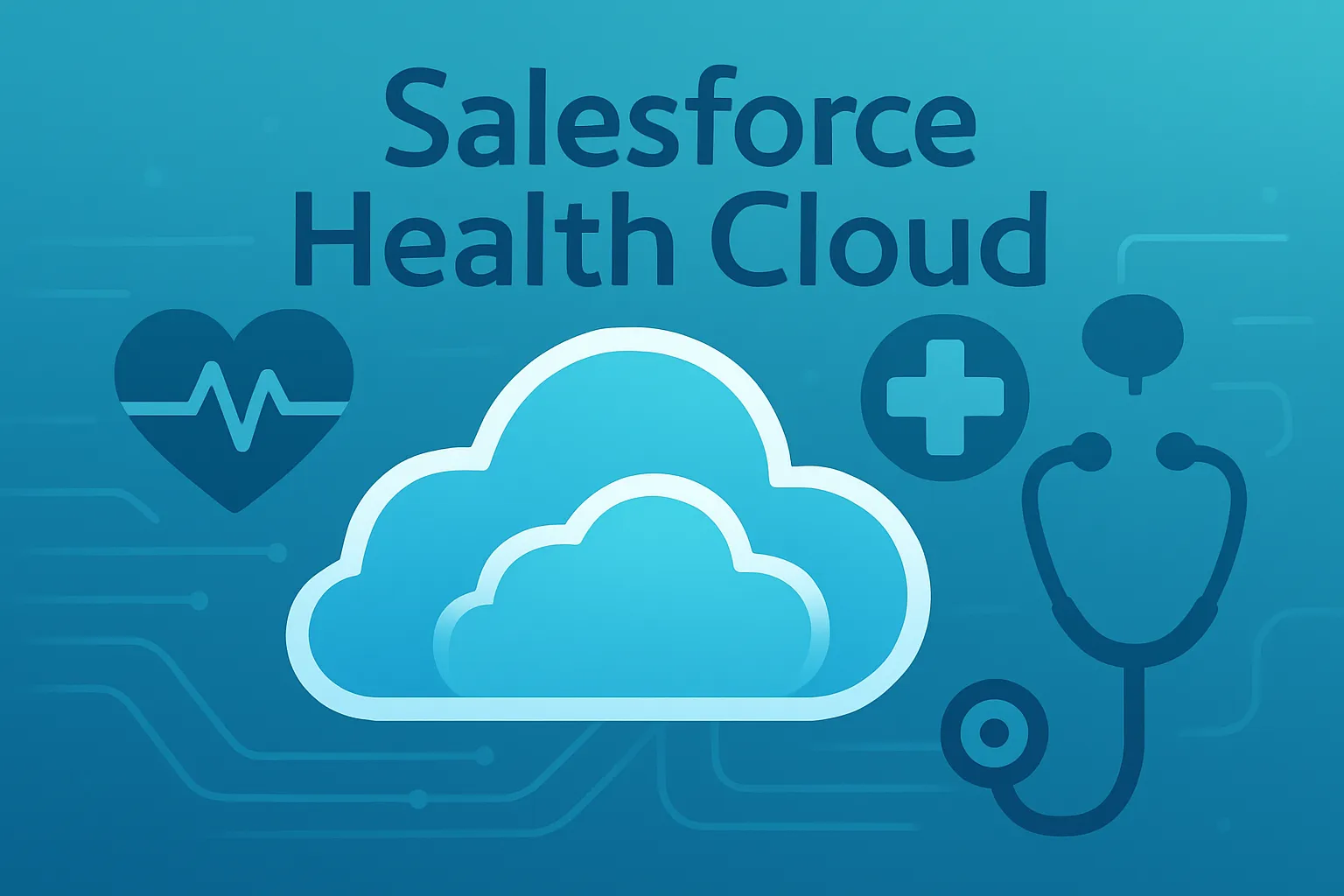
In today’s rapidly evolving healthcare landscape, managing patient programs, care teams, and provider credentials efficiently is essential. Salesforce Health Cloud offers a robust data model that simplifies this process by linking critical healthcare components in one organized system. In this video, we dive deep into how Health Cloud structures and connects key objects such as patients, care programs, and providers. From tracking patient enrollments and assigning care teams to storing provider details like certifications and licenses, this data model ensures every detail is accurately captured and easily accessible. By understanding these foundational relationships, healthcare organizations can streamline operations, improve patient care, and maintain compliance with professional standards effortlessly.
Care Model — Tracking Patient Programs & Teams
- Let's start with a Person Account (e.g., Charles Green as a patient).
- If Charles gets a kidney problem, he visits a specialist and gets medicine (pain medication).
- If he takes this medication, he could become eligible for a special Care Program.
- When Charles joins a Care Program:
- A Care Team (e.g., Emmy Huffman the care coordinator) is assigned to support his health.
- Charles is tracked as a “Care Program Enrollee”, which means he’s actively part of the program.
- All these relationships are stored as Health Cloud objects (these are custom Salesforce objects made for healthcare use).
- The enrollment, team members, and program eligibility can be mapped and managed in the data model.
Provider Model — Healthcare Professionals Info
- The provider model is about tracking people who give care (like Sarah Johnson, a physical therapist).
- Person Account is used for the actual provider (Sarah).
- Linked to a Healthcare Provider object, which shows the professional’s place of work.
- Salesforce stores professional ID numbers (like NPI in the US or NHI in New Zealand), licenses, certifications, degrees, and other education info.
- Each certification, license, or education is connected as its own object so it’s easy to update and refer to.
How These Models Work in Real Life
- The data model lets Health Cloud record which patient is in which care program, who looks after them, and what criteria made them eligible.
- Provider info helps clinics check licenses and certifications easily when hiring.
- Everything is organized—whether for patient management, care teams, or provider records—making health operations smoother and safer.
Why Is This Useful?
- You always know which patient is in a care program and who is responsible for them.
- Care programs and care teams are managed in Health Cloud, so staff can track patients' progress and activities.
- For providers, you can confirm certifications, licenses, and where people work, ensuring only qualified people give care.
- Different countries may use these features differently (for example, payers/insurance are used more in the US than New Zealand).
Summary
Salesforce Health Cloud uses special records to track patients in care programs (with their care team and eligibility), and to manage healthcare providers (info, licenses, and certifications). The data model makes healthcare data organized and easy to manage.
Salesforce Health Cloud brings clarity and structure to healthcare data by connecting patients, care programs, and providers within a single platform. It allows you to manage patient journeys, monitor care team responsibilities, and verify provider credentials like licenses and certifications. With this model, healthcare operations become more organized, enabling better care coordination, enhanced transparency, and improved decision-making!